#VIEWPOINTS BY AJ CHRISTIAN
WHY TV ISN'T OPEN -- YET
Today we pay for hundreds of TV channels, populated by thousands of series. Isn’t TV already open?
Most Americans pay cable operators over $60 a month for what used to be free. For this price they receive poor customer service from providers, who split our fees with major networks like ESPN, AMC, even broadcasters like CBS. Networks generate billions in revenue each year from our subscription fees, except we can’t choose what to subscribe, and they’re raising fees by threatening to pull their channels from cable. The channel boom has been very profitable for major networks, but not for anyone already shut out of distribution. Companies like Comcast are required by law to provide space to minority-owned networks, but they have not accommodated minority-owned independents, preventing whole communities from raising the capital necessary to finance and produce their own stories.
Of course, the high cost of cable pays for a lot of channels and programming options. So why is nothing good ever on?
Most of it is reality television. Reality TV is cheaply produced under poor working conditions: performers and workers get paid little or nothing with no benefits, no protection from discrimination, no guarantees of safety, and -- most importantly -- no creative control of their stories, unlike the union-backed writers for glossier comedies and dramas. For years reports have found conditions on some productions as close to torture. Meanwhile, the stories we get from reality TV are basic. They reduce people to stereotypes and art to competition.
Broadcast and cable channels sometimes invest in quality storytelling, but according to the Writers Guild, not fairly or efficiently. Produced in full, in advance, without audience input, most new shows fail. This makes networks conservative in what they decide to develop. The bulk of existing series do not reflect the diversity of America. Of all showrunners and executive producers -- the people in charge of crafting and profiting from TV narratives -- just 5.5% are minorities and 15% are women. Employment for women and minorities have barely increased in 15 years and lag far behind full representation – women comprise over half the country but only 29% of writers; minorities constitute almost 40% of America but only 14% of all writers. Black writers have had it the hardest, with employment flat since the 1990s, when the Big Four broadcast networks used black viewership to keep ratings stable while the country transitioned to cable and digital.
Now broadcast networks are finding success with diverse comedies and dramas, but only after years of neglect. Plus, history tells us series about minorities are limited in how sincerely they can portray non-mainstream experiences on mainstream networks. Decades of research from universities, guilds and advocacy groups demonstrate how and why TV studios and distributors marginalize the majority of Americans on camera and behind it. The University of California—Los Angeles’ Bunche Center releases a clear and comprehensive report every year. The University of Southern California has started an initiative for it.
You can see the problem in what stories TV networks invest in and promote. Cheap reality series about people who aren’t straight, white and male greatly outnumber scripted series about them, because serial and episodic narratives are a bigger investment for networks. Comedies and dramas are a tiny fraction of the hundreds of original shows released each year. Cable channels geared toward women and minorities like BET and Logo have smaller budgets for original programming and release much fewer series. Most of them are reality shows. All this limits the range of representations for artists and TV fans. For fans it limits the range of stories we need to start deep and meaningful conversations about culture. It aggravates creators of TV shows by shouldering them with great burdens of representing the under-represented.
The American media system is complex. It’s not all bad or good. Seeing ratings decline on broadcast and flat-line on cable, networks from ABC to Fox are pursuing diversity more aggressively. With hope, we will see America on screen. But we know corporations always find it hard to keep it real.
That’s where you come in.
Help us keep it real! We need you to help us think through how TV is opening up to new experiences but also how we can push it further, to be more honest and aware of the depth and range of talent in our communities.



